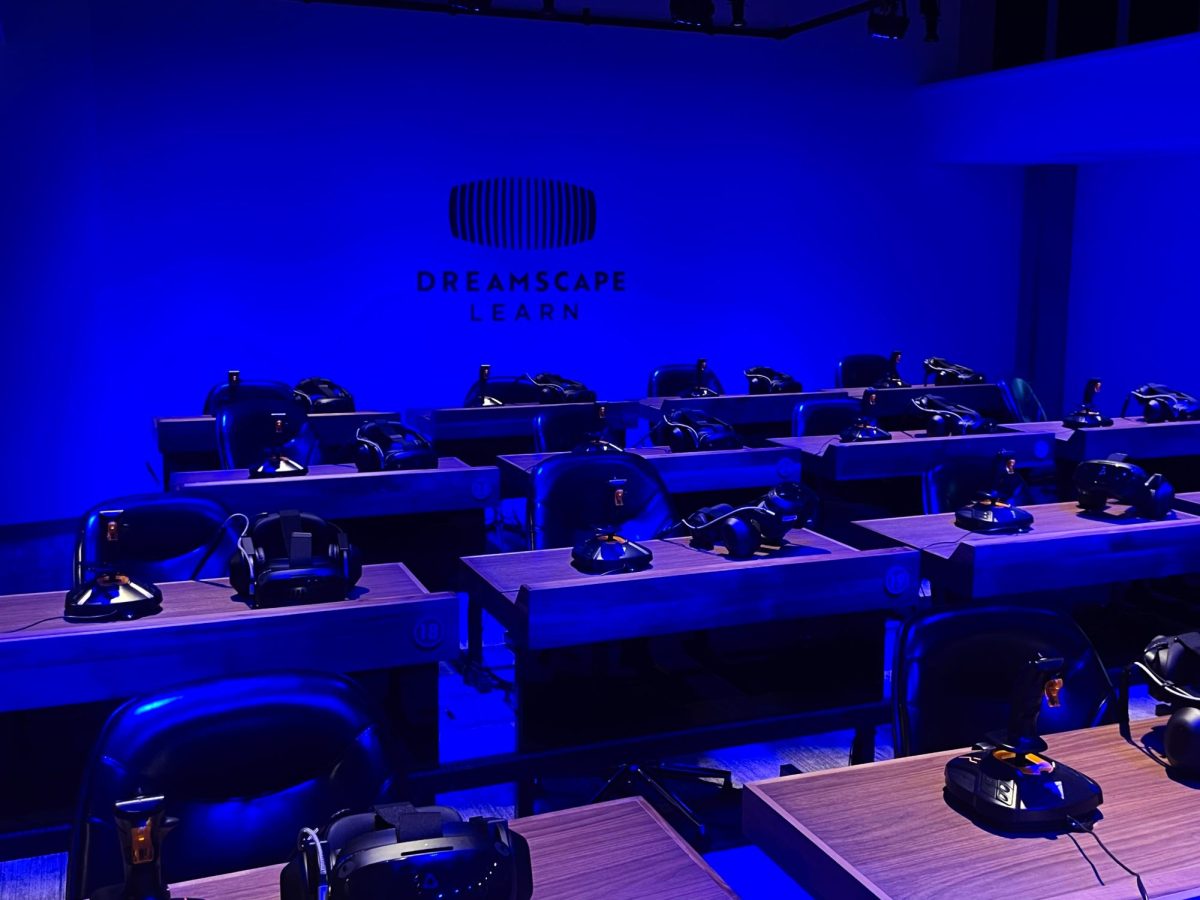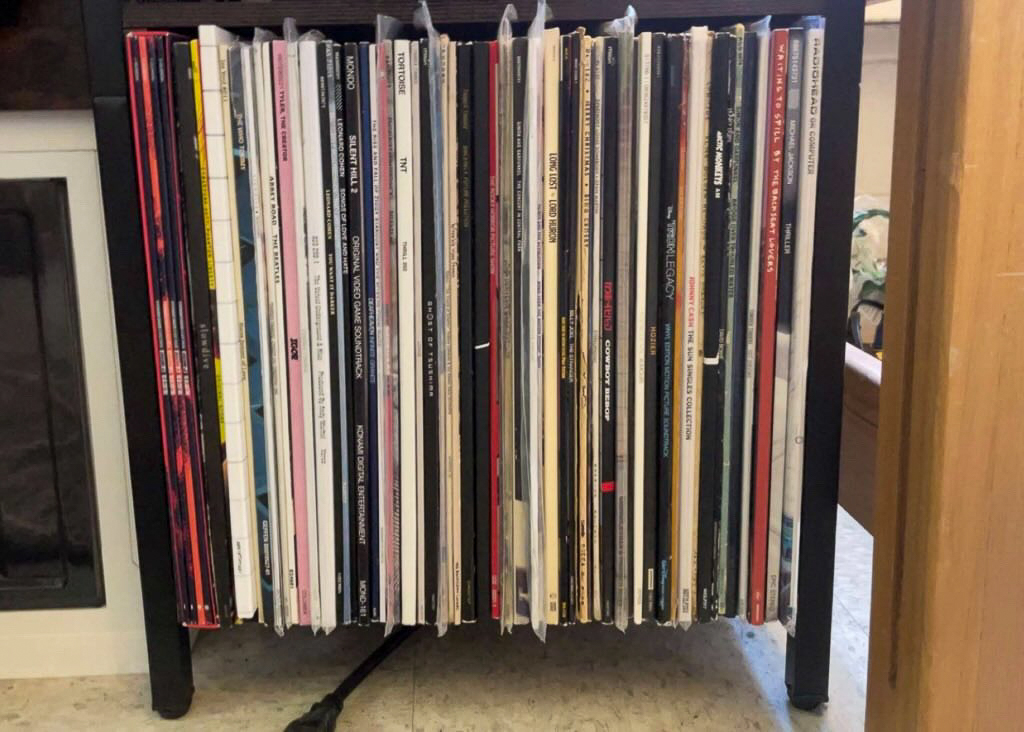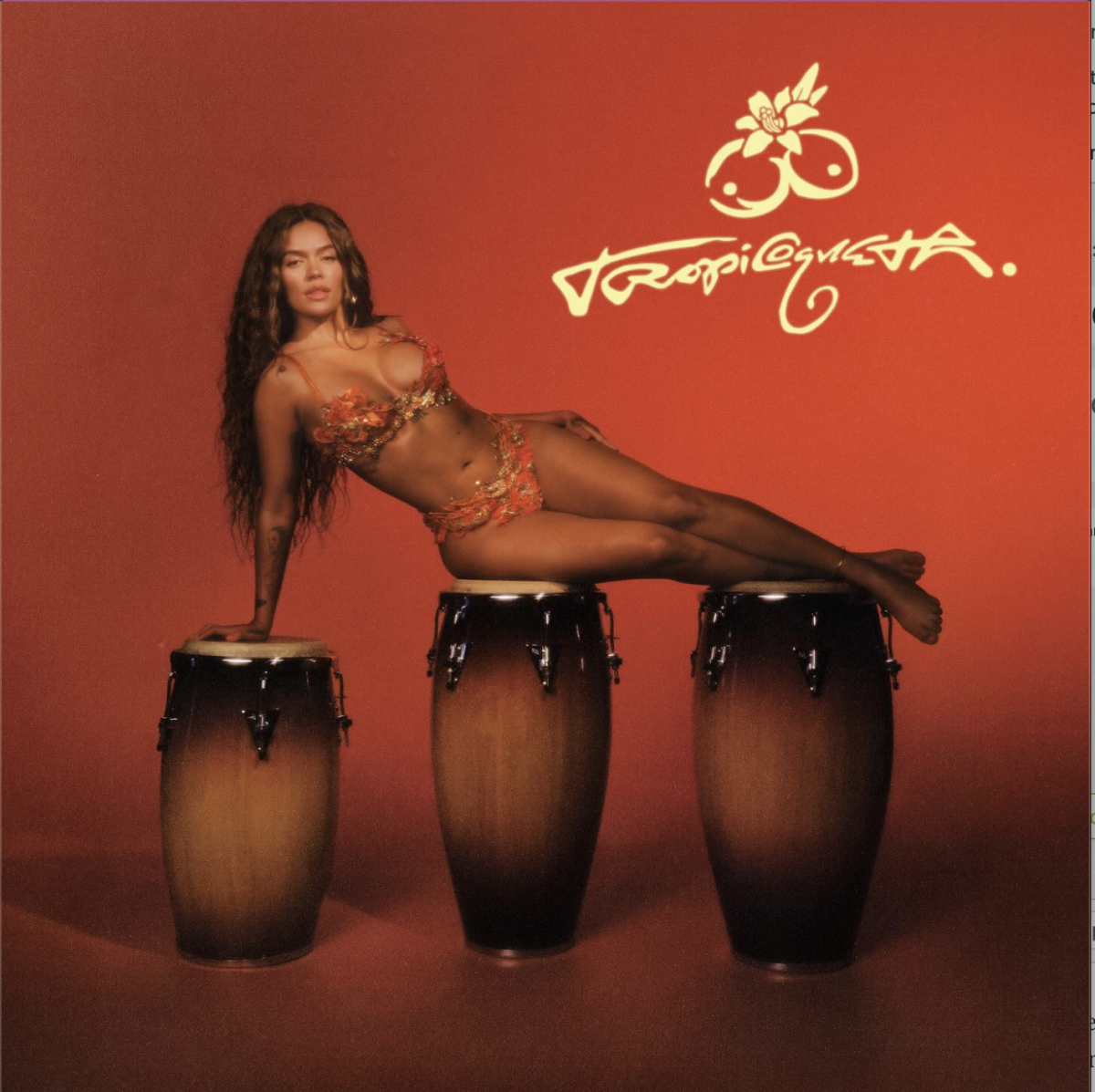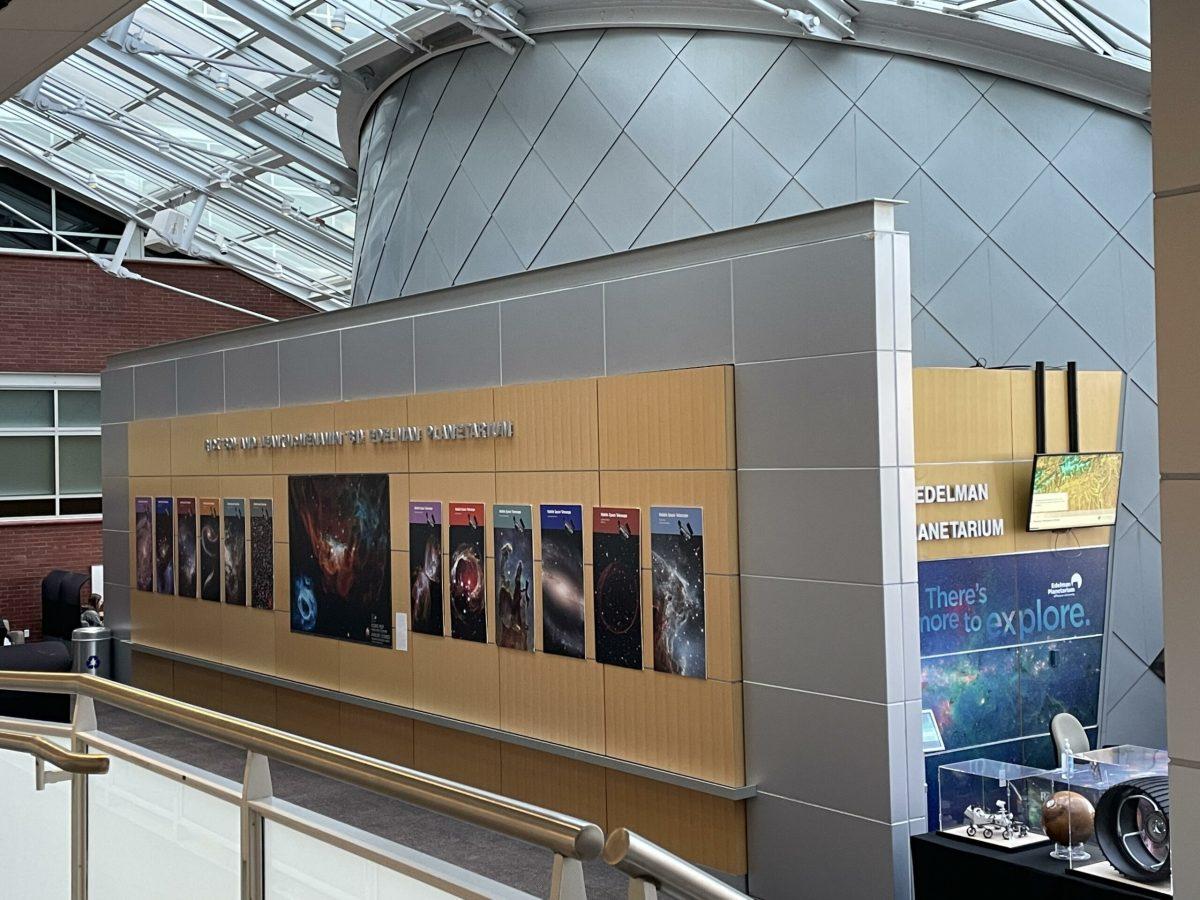Winter Stargazing is the newest show to grace the dome of the Edelman planetarium. This most recent edition has onlookers traversing the current night sky, visiting constellations, nebulae and our solar system’s own planets.
The show is directed by Amy Baracloud, with assistants running the show under her.
“I love talking for the full hour about what I can see and recent breakthroughs in tech,” said Patrick Secmal, an assistant who helps run the production.
The shows are planned around the current seasons, with Winter Stargazing being one of the shows produced for winter.
The show starts with our daytime sky. Visitors learn about a different kind of pollution than the usual smog or trash heaps — light pollution. Light pollution occurs when bright light covers the night sky, hiding the stars from our view. The biggest cause of light pollution is the sun itself; during the day, we are not privy to the cosmos, due to the sun’s radiance. We in New Jersey also experience man-made light pollution. Bright street lamps and cars are one factor and because New Jersey is close to cities such as Philadelphia, New York and D.C, we get the lingering effects of their cities’ pollution.
We travel next to the first constellation on our cosmic adventure. Orion, named after the infamous hunter from Greek Mythology, is currently visible in our night sky. Orion contains two prominent stars in his belt; Rigel and Betelgeuse. Rigel is the younger and hotter of the two, burning a bright white while Betelgeuse simmers a dull orange. Betelgeuse is actually set to explode, but not for another million years. Betelgeuse is one of the larger stars in our night sky — a red giant about the size of 100 suns.
In the Orion constellation lies Orion’s sword — a bunch of stars known as the Orion nebula. It’s a group of five to four stars, whose power is so massive and mighty, that they push cosmic dust and gas out and away from them. Dust and gas are major components of our solar system as they help form galaxies and planets. The way the stars push out the gas and dust causes a sort of crater in which the stars are nestled in the middle.
The next constellation on our journey was Taurus — the zodiac sign of the bull. Near Taurus lies a star cluster or a group of stars that have pushed all of the gas and dust away from them. One of the highlights of Taurus is the star, Pleiades. Most people have seen this star, even if they haven’t been looking for it– stars are called different things all over the world, beyond what one may assume to be the typical Greek connotation. In Japan, they call the star “Subaru” and if you’ve ever seen a vehicle made by the company Subaru, you’ve seen the star cluster in their logo.
The next couple of constellations consisted of Canis Major and Canis Minor, also known as the big dog and little dog. Canis Major is host to the brightest star in our night sky, Sirius. Sirius is actually two stars, operating as a binary star system.
Then, we reach Gemini, the zodiac sign of the twins. Any fan of pop culture will recognize the names Castor and Pollux, two notable stars within the constellation. Similarly to Sirius, Castor is a binary star system, with Castor A and Castor B.
We later see two of the biggest celebrities in our night sky, the Big Dipper and the Little Dipper. These two aren’t actually constellations, they’re asterisms. Asterisms are essentially groups of stars that don’t have all the credentials of being a constellation, so they’re asterisms instead. However, both dippers are a part of larger constellations. Ursa Major for Big Dipper and Ursa Minor for Little Dipper.
The most famous star lies in one of the most famous asterisms, the North Star. The North Star is the tip of the Big Dipper’s ladle and is famous for two traits. It never moves in the night sky and is dead north. The North Star can be used for navigation, as you can know your cardinal directions just by looking at it.
Another famous asterism is the Great Square — a large square in the sky, encompassing different constellations and galaxies. Two of these are Cassiopeia, the queen on her throne and Andromeda. Andromeda is special as it contains the closest galaxy to the Milky Way, the Andromeda galaxy. Scientists theorize that we are actually set to collide with this galaxy as we keep getting closer. In the next 1.4 billion years, the Milky Way will be smack dab in the middle of it.
Some other highlights of the show include the planetary showcase, where onlookers learn more about our galactic neighbors. Some fun facts include Jupiter’s rings, collections of crushed rock and ice that orbit the giant, once moons and other space debris pulverized by the planet’s orbit.
Winter Stargazing is a must-see this year, a relaxing and informative walk through the many interesting things in our skies.
For questions/comments about this story email [email protected] or tweet @TheWhitOnline.




























































































































































!["Working with [Dr. Lynch] is always a learning experience for me. She is a treasure,” said Thomas. - Staff Writer / Kacie Scibilia](https://thewhitonline.com/wp-content/uploads/2025/04/choir-1-1200x694.jpg)







































